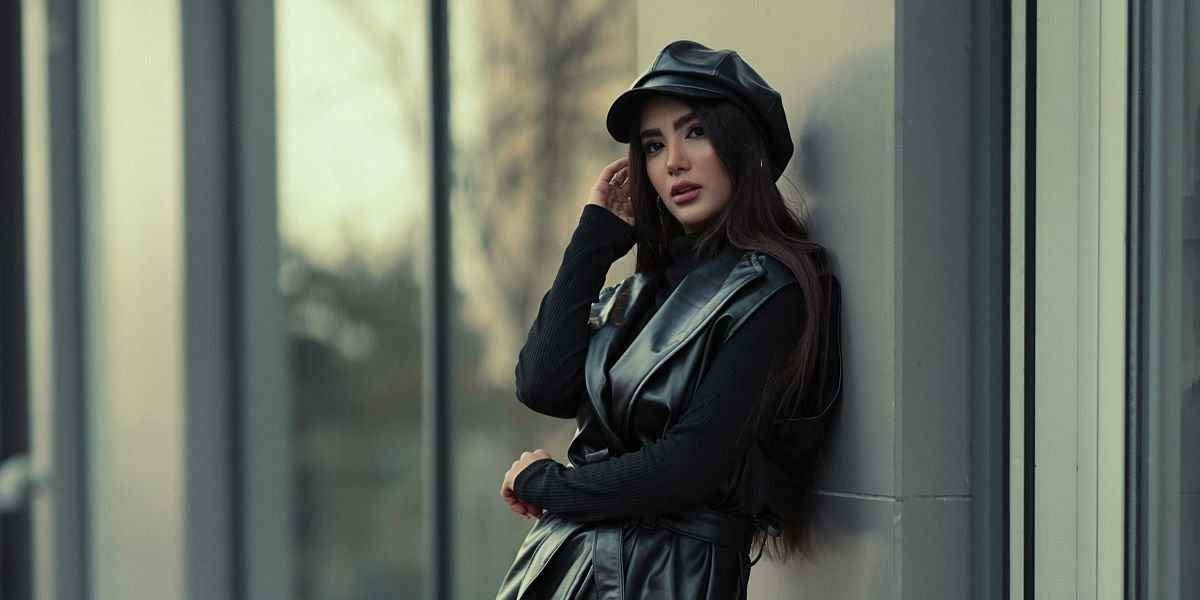The fashion industry is dynamic and constantly evolving, driven by changing consumer demands, technological advancements, and shifts in production practices. Over the years, the industry has witnessed significant changes, particularly in the realm of production, retail, and ethical considerations. This article explores some of the major systems and industry shifts that have shaped modern fashion. It delves into the contrasting worlds of haute couture and ready-to-wear, the revolution of retail through e-commerce and influencer culture, and the ongoing issues surrounding labor and ethics in the fashion industry.
Read also: Performance Meets Fashion: The Science Behind Modern Functional Fabrics
Haute Couture vs. Ready-to-Wear: The Parisian Ateliers vs. Mass Production
Haute couture and ready-to-wear are two distinct categories in the fashion industry, each with its own unique production methods and target audiences. Haute couture refers to custom-made clothing that is created specifically for individual clients. This exclusive form of fashion is typically produced in limited quantities, often by hand, in high-end ateliers, mainly in Paris. The garments are made with the finest materials and are tailored to fit the client perfectly, ensuring that each piece is a work of art. Haute couture collections are presented in lavish runway shows and are meant to highlight the creativity and craftsmanship of designers.
On the other hand, ready-to-wear is mass-produced clothing that is designed for a broader consumer market. While still crafted by top designers, ready-to-wear collections are created with an eye on accessibility, both in terms of price and availability. Unlike haute couture, which focuses on exclusivity and personalization, ready-to-wear garments are intended for immediate purchase and often feature standardized sizes and designs. These collections are produced in larger quantities and sold in stores or through e-commerce platforms.
The rise of ready-to-wear collections has led to a democratization of fashion, making high-quality design more accessible to the general public. However, this shift has also led to a decrease in the dominance of haute couture, with the increasing popularity of mass-produced clothing catering to a more commercialized market. As a result, the fashion industry has seen a tension between the artistry and exclusivity of haute couture and the efficiency and accessibility of ready-to-wear.
Retail Revolution: Department Stores, E-Commerce, and Influencer Culture
The retail landscape has undergone a dramatic transformation in recent years, with the rise of e-commerce and the influence of social media altering the way consumers interact with fashion. Department stores, once the dominant force in retail fashion, have faced increasing competition from online retailers and specialized e-commerce platforms. Traditional brick-and-mortar stores now must compete with the convenience and variety that online shopping offers. Consumers can now purchase clothing from the comfort of their homes, and the global reach of e-commerce has opened up fashion markets to an international audience.
The retail revolution has been further accelerated by the rise of influencer culture. Social media influencers, many of whom have substantial followings, play a significant role in shaping consumer preferences and driving sales. Through platforms like Instagram, TikTok, and YouTube, influencers promote fashion brands, offer styling tips, and create trends that are quickly adopted by their followers. This shift in marketing has made traditional advertising less effective, with consumers increasingly looking to influencers and peers for fashion inspiration rather than relying solely on advertisements or celebrity endorsements.
The impact of influencer culture on fashion retail is undeniable, as brands now allocate significant marketing budgets to collaborate with influencers. This has also led to the rise of direct-to-consumer brands that leverage social media to build a loyal following and market their products without relying on traditional retail channels. While e-commerce and influencer marketing have revolutionized the industry, they have also created new challenges for established retail models, including the need to adapt to the changing preferences of tech-savvy consumers.
Labor and Ethics: Sweatshops, Fair Trade, and the Push for Transparency
As the fashion industry grows and evolves, so do concerns about labor practices and the ethics of production. One of the most pressing issues in the industry is the prevalence of sweatshops—factories where workers are subjected to poor working conditions, long hours, and low wages. These factories are often located in developing countries, where labor laws may be less stringent, and the demand for cheap labor is high. The rise of fast fashion, with its emphasis on low-cost, high-turnover products, has exacerbated the problem, as companies seek to reduce costs by outsourcing production to low-wage countries.
In response to these concerns, there has been an increasing push for fair trade practices in the fashion industry. Fair trade ensures that workers are paid fair wages, work in safe conditions, and have access to basic rights and protections. Many ethical fashion brands have adopted fair trade principles and focus on creating sustainable, socially responsible clothing. These brands emphasize transparency in their supply chains, providing consumers with information about the conditions under which their products are made.
The push for transparency in the fashion industry has gained momentum as consumers become more conscious of the ethical implications of their purchasing decisions. Many are now demanding greater accountability from brands, with a focus on how materials are sourced, how workers are treated, and the environmental impact of production. This growing awareness has led to an increased demand for sustainable fashion, which prioritizes eco-friendly materials and ethical labor practices. Brands that fail to address these concerns may find themselves at a disadvantage in a market where ethical consumption is becoming more important to consumers.
The Future of Fashion Systems and Industry Shifts
The fashion industry is in the midst of significant shifts, driven by changing consumer preferences, technological advances, and an increased focus on sustainability and ethics. The tension between haute couture and ready-to-wear continues to shape the industry, as exclusivity and craftsmanship compete with accessibility and mass production. The rise of e-commerce and influencer culture has changed the way fashion is marketed and consumed, while the ongoing discussion about labor practices and transparency is pushing the industry toward more ethical and sustainable practices.
Looking ahead, the future of fashion will likely be marked by further technological innovations, such as the use of artificial intelligence and 3D printing in design and production. Sustainability will continue to be a key focus, with more brands adopting environmentally friendly practices and consumers demanding transparency. As the industry evolves, the need for fashion brands to balance creativity, ethics, and business demands will become even more critical.
The shifts in the fashion industry present both challenges and opportunities for creative entrepreneurs, designers, and consumers alike. Understanding the complexities of haute couture versus ready-to-wear, navigating the retail revolution, and addressing the ethical concerns surrounding labor and production are all crucial to understanding the current state of fashion and its future direction.
Read also: The Science Behind Hyperpalatable Foods and Overeating











